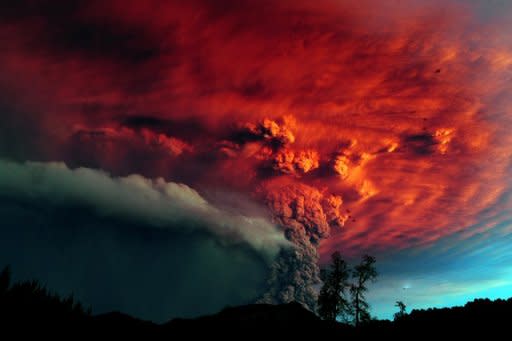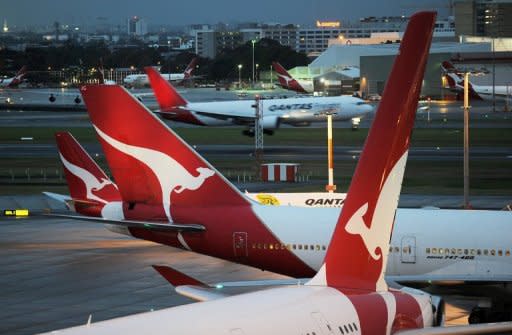More flight delays in Australia as ash plays havoc
Thousands of airline passengers faced a third day of delays in Australia on Tuesday as the ash cloud from Chile's volcanic eruptions continued to cause havoc. Qantas and Jetstar lifted a ban on flights to and from Melbourne but services by the two airlines in and out of the southern island of Tasmania and New Zealand were grounded for the day. Flights to Adelaide by Qantas, Jetstar and Tiger were also out of action with a review on the situation expected later Tuesday. "Qantas will continue to monitor the movement of the ash cloud and assess its impact on flight operations as the situation develops," the airline said in a statement. "The Qantas Group's approach to flying is based on the highest standards of safety and risk assessment. Safety is always put before schedule." While Qantas continues to take a conservative approach, Virgin has resumed normal flights to Melbourne, Tasmania and New Zealand with its planes flying around or under the ash plume. They are also flying in and out of Adelaide, as are international services by Singapore Airlines and Malaysia Airlines. "Additional flights will be implemented between Sydney and Melbourne and Melbourne and Hobart to carry impacted guests," Virgin said as it scrambles to clear a backlog. Air New Zealand's domestic and trans-Tasman flights also continue to operate to schedule. "By adjusting cruising altitudes of our aircraft we are able to continue to safely deliver customers to their destinations," Air New Zealand said. It added that almost all other carriers with services to New Zealand were operating, including Emirates, Singapore Airlines, Thai Airways, Cathay Pacific and Korean Air. The eruption of the Puyehue volcano, high in the Andes, has spewed ash that has disrupted air travel on a scale not seen since the volcanic cloud over Iceland paralysed Europe in 2010. Flights across South America have been hit, with strong winds carrying the ash more than half way around the world, over the southern Atlantic and southern Indian Oceans to Australia and as far as New Zealand. Andrew Tupper, the Australian Bureau of Meteorology's Volcanic Ash Advisory Centre head, warned the crisis was not yet over. "I think it's fair to say there will be more disruption, so that's the bit of bad news," he told ABC radio, adding that while the ash was heading back to South America, it could return to Australia. "It has been known to do a double lap in the past," he said. Peter Marosszeky, an aircraft maintenance expert and senior lecturer at the University of New South Wales' Department of Aviation, said there could be dire consequences for aircraft flying through the ash. "The dry nature of ash, mainly pumice stone, acts as an abrasive on all exterior parts of the aircraft, ablating the finished surfaces like sandpaper," he said. "In addition it will choke up the sensitive ports within the engines and block them. "Volcanic ash in the air has disastrous consequences on aircraft that fly through the cloud." Australia's Civil Aviation Safety Authority says it has no issue with airlines flying provided they avoid areas of forecast volcanic ash and any actual areas of ash.



